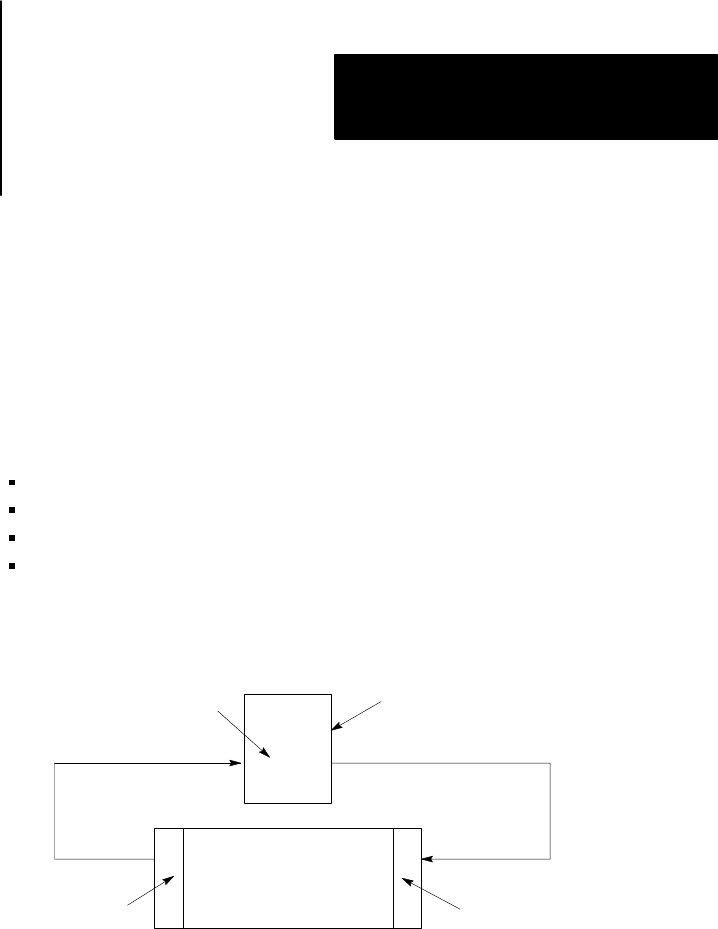User Manual Owner's manual
Table Of Contents
- 1772-6.5.8, Mini-PLC-2/02, -2/16, -2/17 Processor, User Manual
- Important User Information
- Summary of Changes
- Table of Contents
- 1 - Using This Manual
- 2 - Fundamentals of a Programmable Controller
- 3 - Hardware Features
- 4 - Installing Your Programmable Controller
- 5 - Starting Your Processor
- 6 - Maintaining and Troubleshooting Your Processor
- 7 - Memory Organization
- 8 - Scan Theory
- 9 - Relay-Like Instructions
- 10 - Program Control Instructions
- 11 - Timers and Counters
- 12 - Data Manipulation and Compare Instructions
- 13 - Three-Digit Math Instructions
- 14 - EAF Math Instructions
- 15 - EAF Log, Trig, and FIFO Instructions
- 16 - EAF Process Control Instructions
- 17 - Jump Instructions and Subroutines
- 18 - Block Transfer
- 19 - Data Transfer Instructions
- 20 - Bit Shift Registers
- 21 - Sequencers
- 22 - Selectable Timer Interrupts
- 23 - Report Generation
- 24 - Program Editing
- 25 - Programming Techniques
- 26 - Program Troubleshooting
- A - Specifications
- B - Processor Comparison Chart
- C - Number Systems
- D - Glossary
- E - Quick Reference
- Index
- Back Cover

Chapter
2
2-1
Fundamentals of a Programmable Controller
In this chapter, you review general fundamentals common to our
programmable controllers. This chapter:
describes what a programmable controller does
describe the functions of a programmable controller
describes the four major sections of a programmable controller
gives an example of a simple program
You are probably familiar with the traditional methods of machine control.
Control Panel
Relays
Machine
Sensing
Devices
Output
Devices
11591
Sensing devices located on the machine detect changes in the machine’s
condition. For instance, a part arriving at a work station contacts and
closes a limit switch, the sensing device. As a result, an electrical circuit is
completed and a signal is sent to the control panel.
At the control panel, the electrical signal enters a bank of relays or other
devices, such as solid state modules. Circuits within the control panel open
or close causing additional electrical signals to be sent to output devices at
the machine. For example, a relay energized by the limit switch closed by
the arriving part may complete another circuit energizing the output
device, a clamp, which secures the part at the work station.
Chapter Objectives
Traditional Controls










